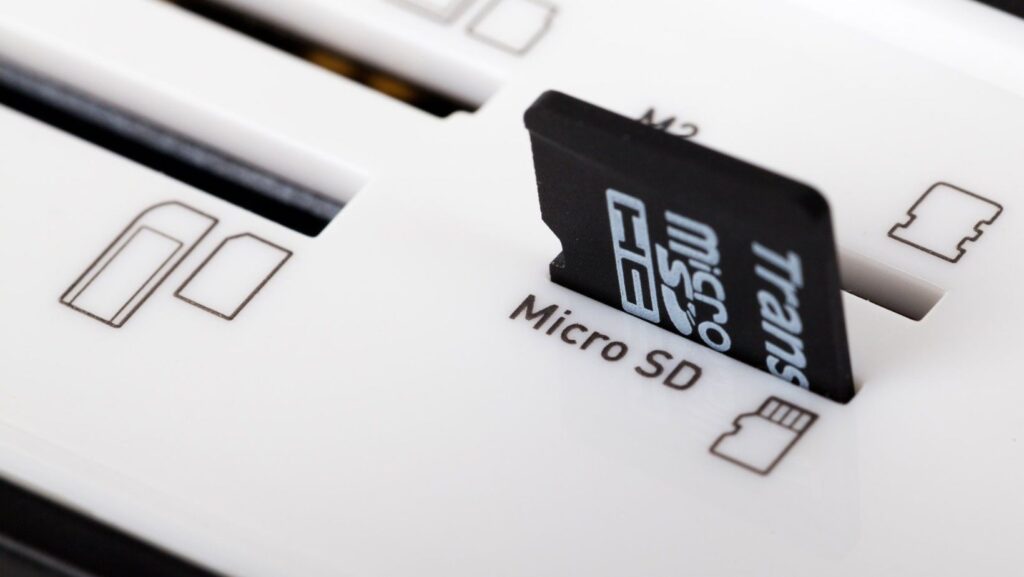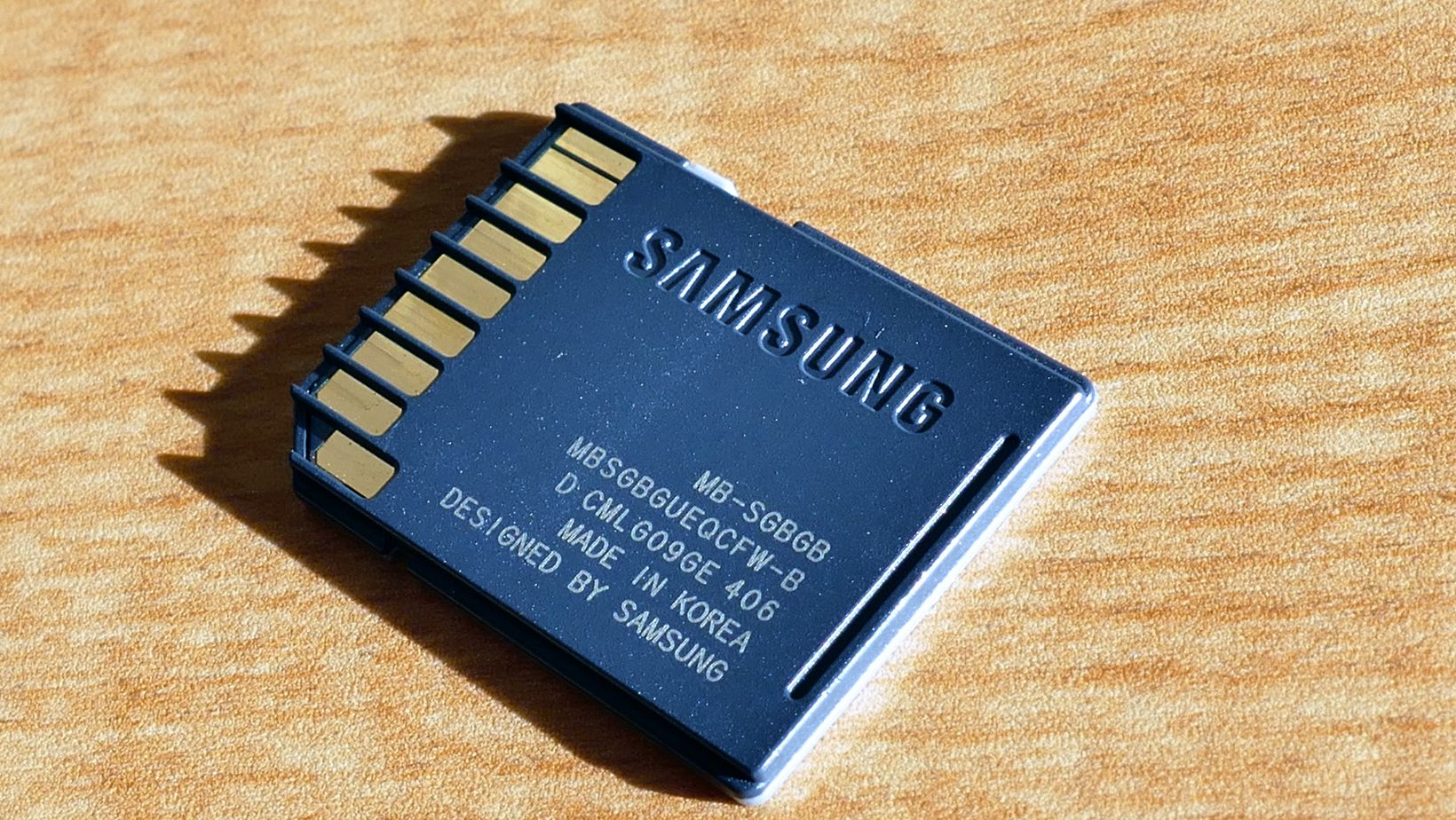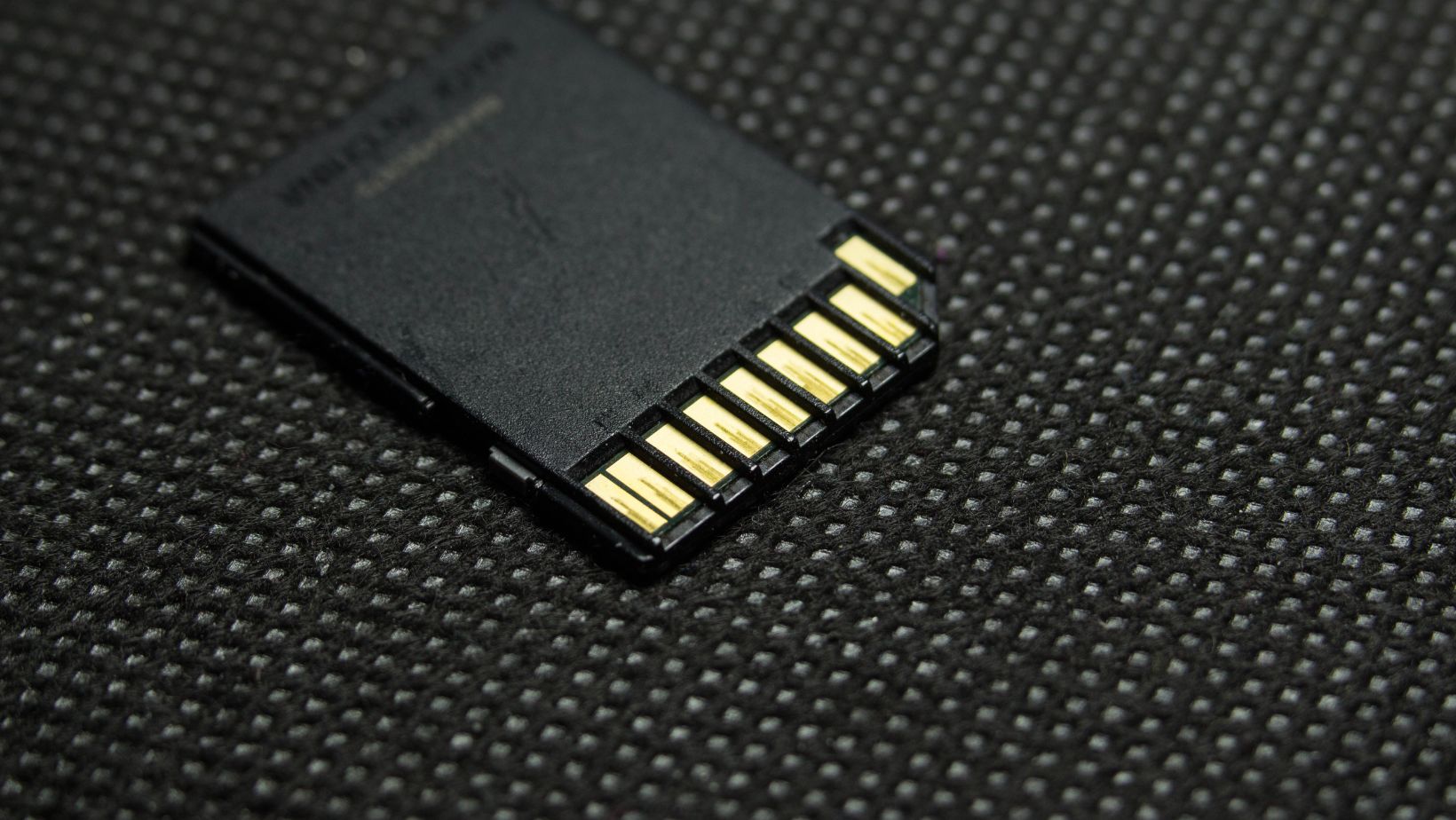Whether you’re expanding your smartphone’s storage or looking to capture more photos and videos on your camera, knowing the storage limits of micro SD cards is crucial for making the right purchase decision. So, how much storage can a micro SD card hold?
The current maximum storage capacity for commercially available micro SD memory card is 2 terabytes (TB), though the most common high-capacity cards on the market today typically max out at 1TB.
But don’t stop reading just yet – while 2TB is technically possible, there are essential factors you should consider about card compatibility, speed classifications, and price points that could significantly impact which capacity is actually right for your specific device and needs.
What Does Micro SD Card Compatibility Mean?
Not all devices can handle the highest-capacity micro SD cards available. Cards are categorized into different formats, such as SDSC (up to 2GB), SDHC (up to 32GB), and SDXC (up to 2TB). Your device needs to support the card format you plan to use specifically. For example, a 1TB SDXC card won’t work if your device only supports SDHC, even if you can physically insert it.
Many older smartphones, cameras, and other devices have limitations on the maximum card size they can recognize. To avoid compatibility issues, check your device’s specifications before investing in a high-capacity card.
How Do Speed Classes Affect Storage Usage?
Speed classes (like Class 10, UHS-I, UHS-II, or V30) indicate how quickly data can be written to the card. While this doesn’t directly affect storage capacity, it impacts how effectively you can use that storage. For instance, if you’re recording 4K video, a card with insufficient speed could cause recording failures even if it has plenty of storage space.
Different applications require different minimum speeds. Regular photos and HD videos work fine with Class 10 cards, while 4K video recording typically requires at least a V30 rating for smooth performance.
What’s The Best Value For Storage Capacity?
While larger capacity cards offer more storage, they often come with a significant price premium per gigabyte. The sweet spot for value typically lies in the 128GB to 256GB range, where you get a good balance of capacity and cost-effectiveness.
Additionally, some users prefer using multiple smaller-capacity cards rather than one large card. This strategy provides redundancy – you don’t lose all your data if one card fails. It can also be more cost-effective since higher-capacity cards often carry a premium price tag that doesn’t necessarily reflect the proportional increase in storage space.
Are Micro SD Cards As Reliable As Internal Storage?
While micro SD cards offer convenient expandable storage, they generally don’t match the reliability of internal storage. Flash memory has limited write cycles, and cheaper cards may have lower-quality components that can fail sooner. Micro SD cards are also more susceptible to physical damage and corruption from improper removal or power loss during write operations.
To maximize reliability, it’s essential to choose cards from reputable manufacturers, properly eject them before removal, and regularly back up important data. Some users prefer to use micro SD cards for media storage only, keeping critical apps and data on internal storage.
How Can You Extend The Life Of A High-Capacity Micro SD Card?
Proper maintenance can significantly extend the lifespan of your micro SD card, regardless of its capacity. This includes avoiding extreme temperatures, properly ejecting the card before removal, and regularly checking for errors using built-in tools on your computer or device.
Maintaining about 10-15% free space on your card is also advisable, as filling it can lead to decreased performance and potentially shorter lifespan. Regular formatting (after backing up data) can help maintain optimal performance, though it’s important to use the correct formatting method for your specific device.
Making frequent backups is essential, especially as the card ages. Even the highest quality micro SD cards can eventually fail, so treating them as temporary rather than permanent storage is a wise approach.
Conclusion
Before rushing out to buy the highest capacity micro SD card you can find, take a few minutes to check your device’s specifications for both maximum supported capacity and speed class requirements. This simple step will save you from purchasing a card that either won’t work with your device or won’t perform as well as you need it to. Once you know these specifications, you can make an informed decision that balances storage needs, compatibility, and value.




More Stories
Ahqwcz: An In-Depth Exploration
How to Find a Valid Roobet Promo Code: Tips for Free Spins & Bonuses
Breaking the Stereotype That iGaming Is a Place for Men